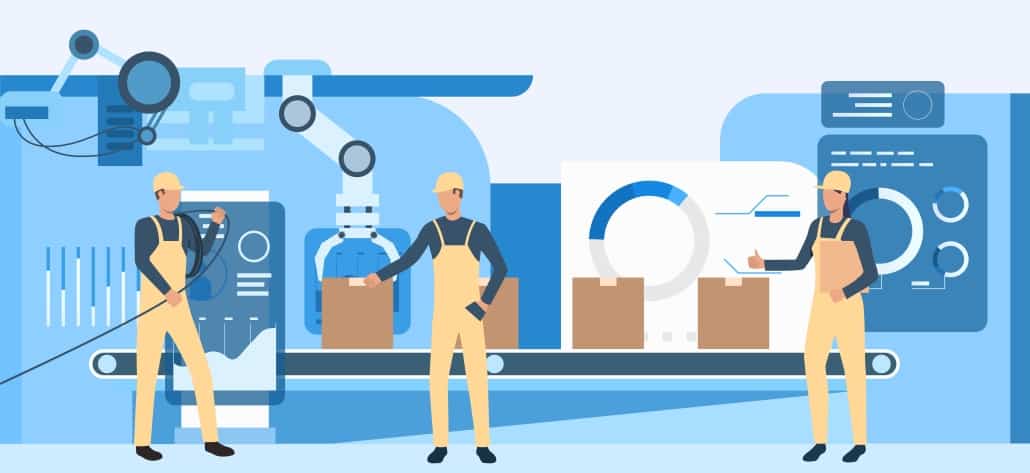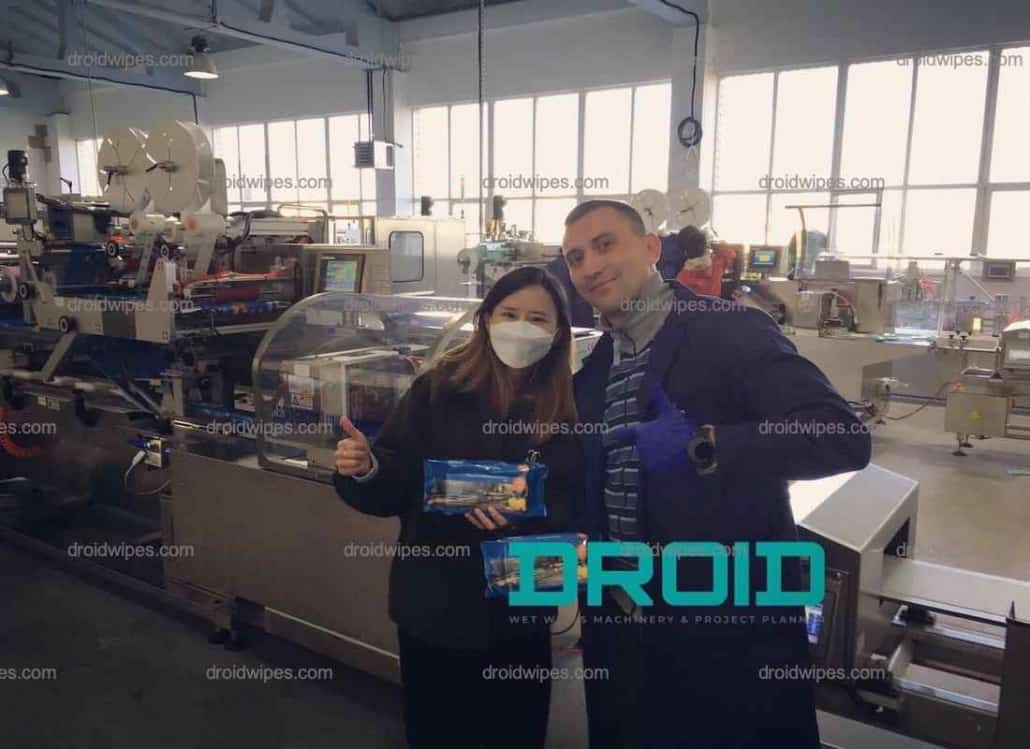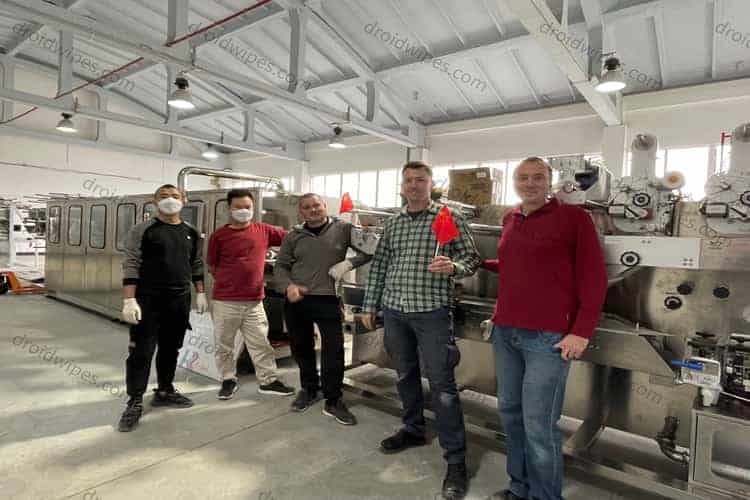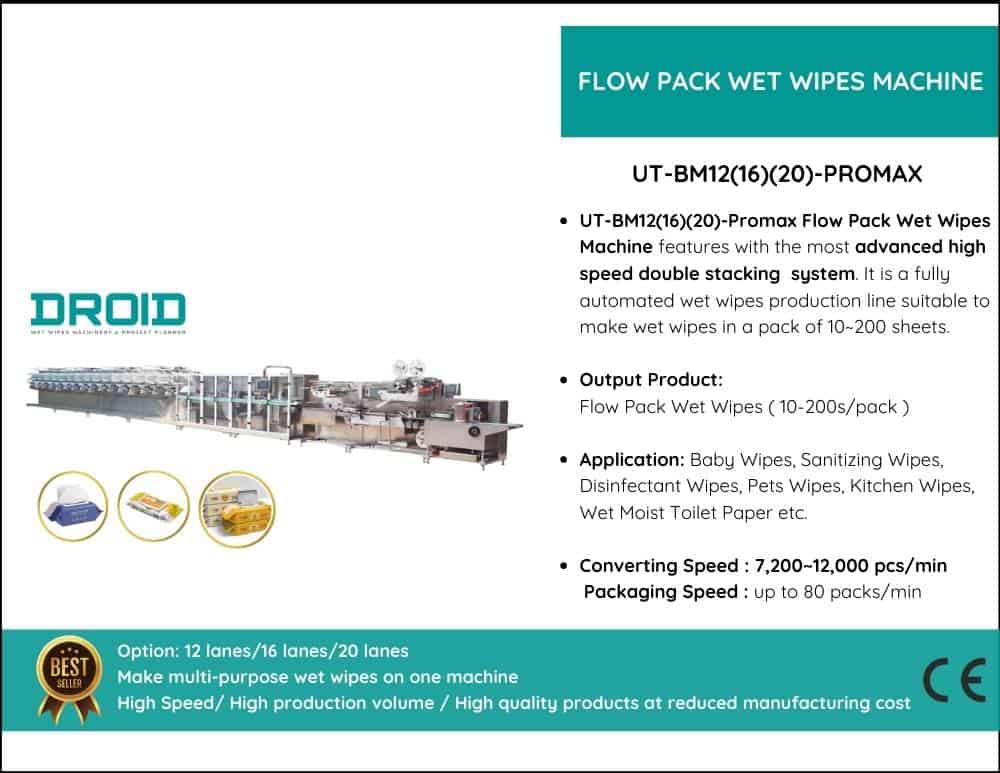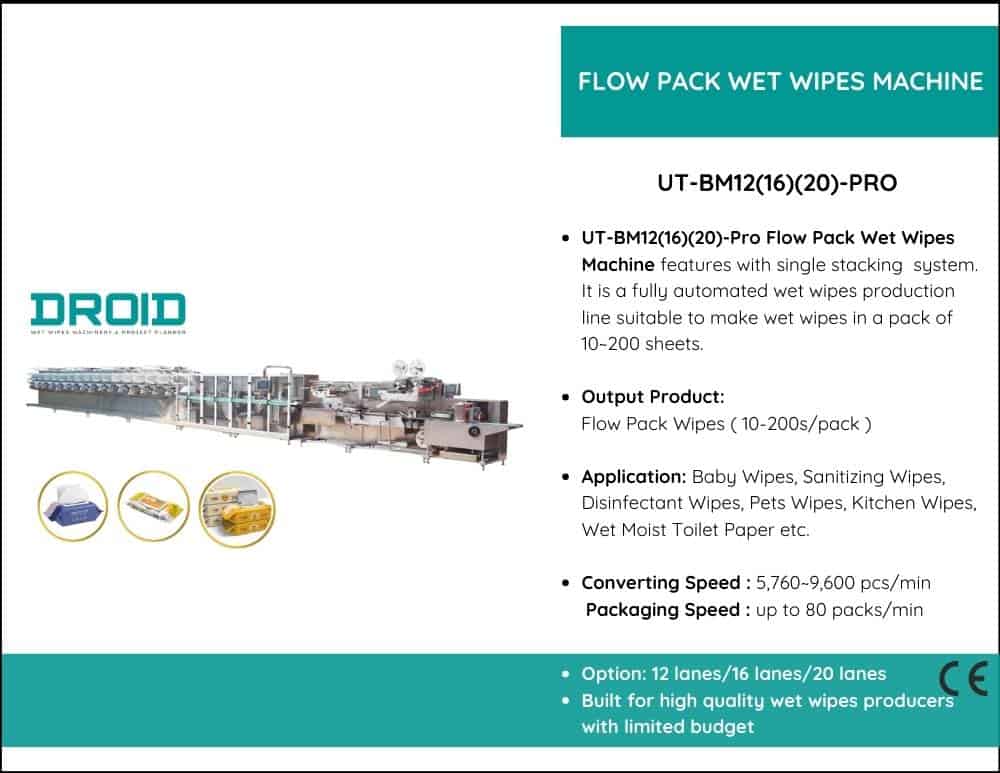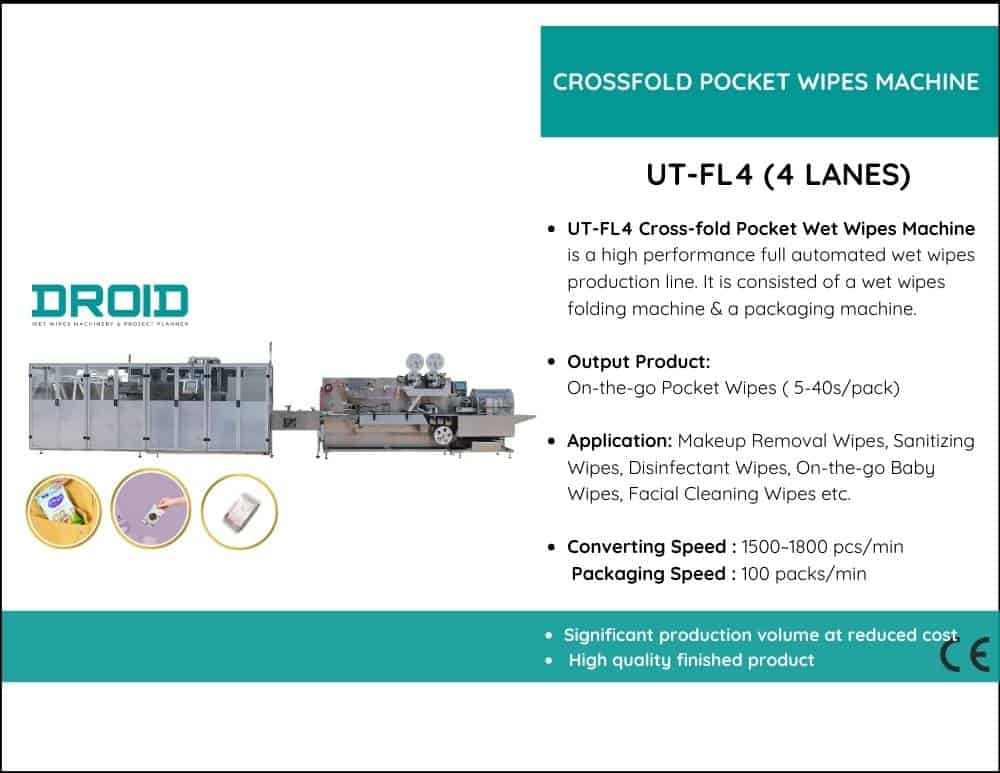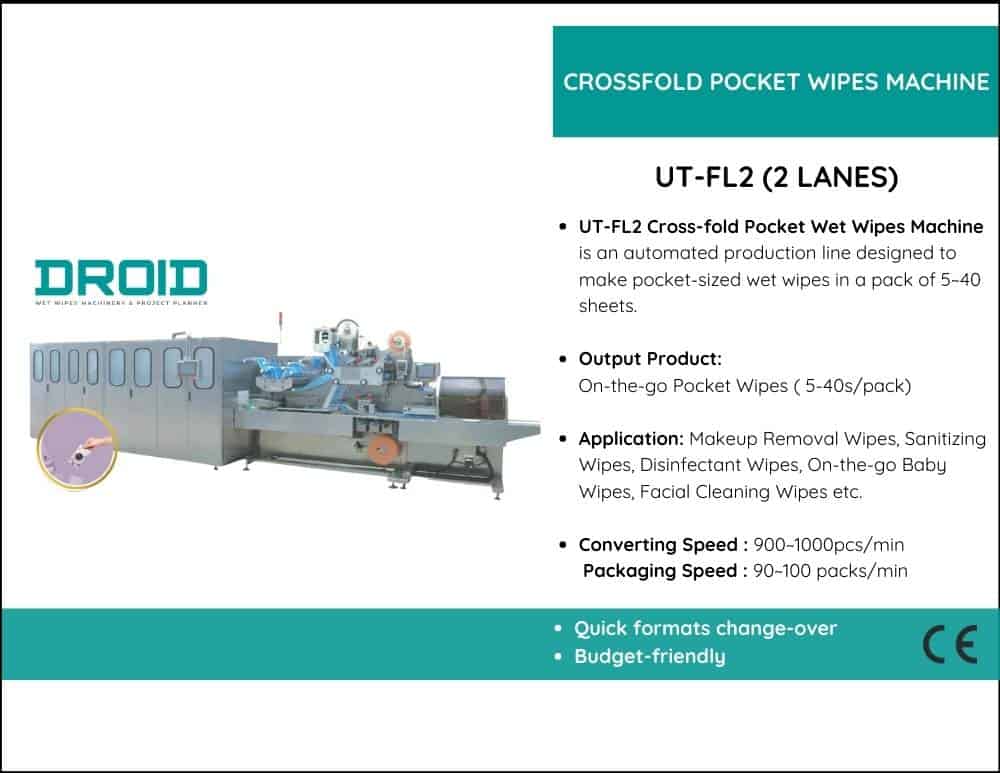The design table is where efficiency starts, not the manufacturing floor. The most successful wet wipes producers are aware that machine design philosophy is just as crucial to attaining 98%+ line efficiency as maintenance and operation. The most intelligent factories use systems designed from the bottom up to ensure stability, accessibility, and long-term performance, rather than just purchasing equipment. Every design decision has a quantifiable effect on uptime, consistency, and usability, from sensor arrangement to frame stiffness.
An operator’s task is made easier with a well-designed wet wipes machine, which also removes possible sources of downtime. Without having to disassemble large assemblies, technicians can examine, clean, and repair the machine in a matter of minutes thanks to quick-access panels and wide-opening guards. Each functional group—folding, wetting, sealing, labeling, or stacking—is autonomous yet completely synchronized, thanks to modular architecture, which allows maintenance or upgrades to be done on a single segment without stopping the line as a whole. Even when there are maintenance or product changes, this “smart modularity” maintains excellent performance and little downtime.
Additionally, precision engineering is crucial. Machines with sophisticated web-tension control, linear motion components, and high-torque servo motors operate more smoothly, vibrate less, and provide more consistent folding and sealing quality. Longer component life, fewer stoppages, and less waste are the outcomes. As industries strive for greener production, energy-efficient heating and driving systems further improve sustainability by preserving performance while reducing operational costs.
Adaptability is another characteristic of intelligent design. Prominent manufacturers of wet wipes need machinery that can readily accept new materials, such as packaging films made of paper and plastic-free materials or biodegradable nonwovens. With variable film pathways, programmable sealing settings, and sophisticated temperature control systems, this machine is built for the future. It can process cellulose films or coated papers just as well as conventional plastics. This flexibility protects investment and enables producers to make swift adjustments in response to changing customer preferences and environmental laws.
Digital preparedness is as vital. These days, intelligent machines include software that directly connects to factory MES or ERP systems, data ports, and remote monitoring interfaces built in. This streamlines technical help while also allowing real-time performance monitoring. Manufacturer engineers may remotely adjust motion profiles, make firmware upgrades, and see real-time diagnostic data, transforming maintenance from a reactive to a smooth, data-driven procedure.
To put it simply, choosing equipment with innovative design entails considering factors other than catalog requirements. It all comes down to selecting equipment designed for accuracy, dependability, and future adaptability – systems that are simple to maintain, flexible enough to accommodate new materials, and prepared for Industry 4.0 communication. For this reason, leading producers of wet wipes collaborate with machine builders that share their long-term goals of effectiveness and development. A clever design makes high efficiency a natural byproduct of the machine’s construction rather than something you have to strive for.




